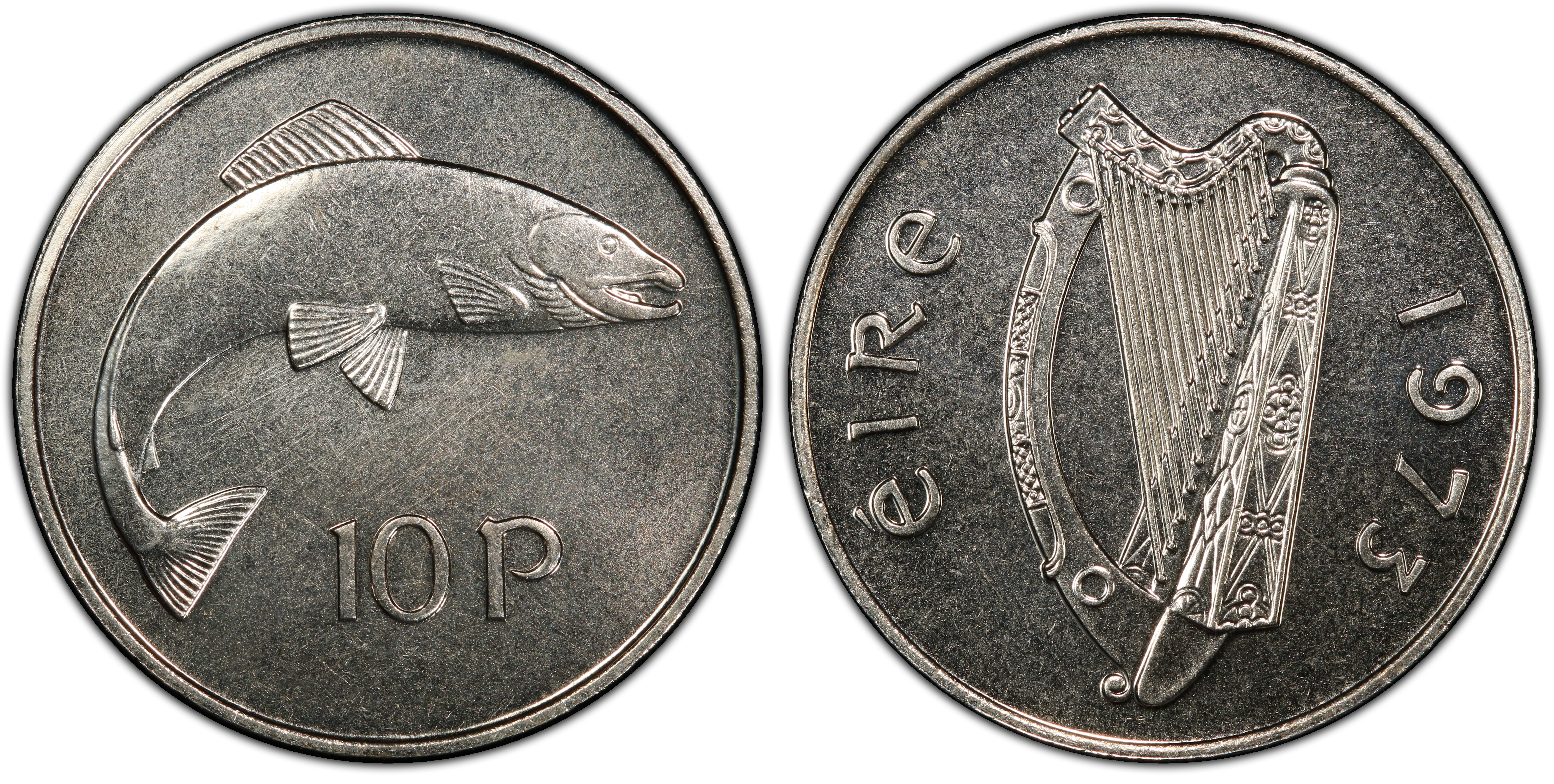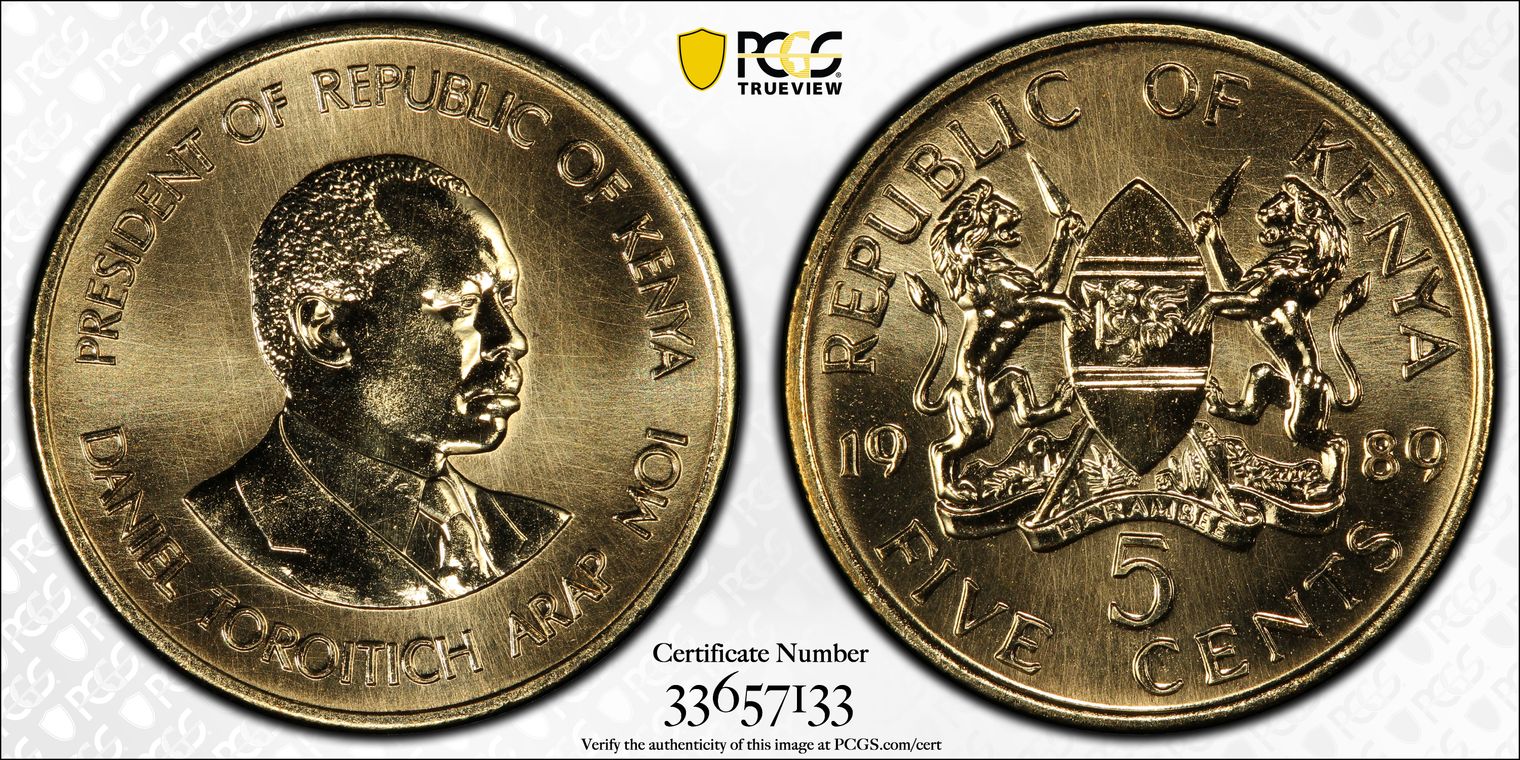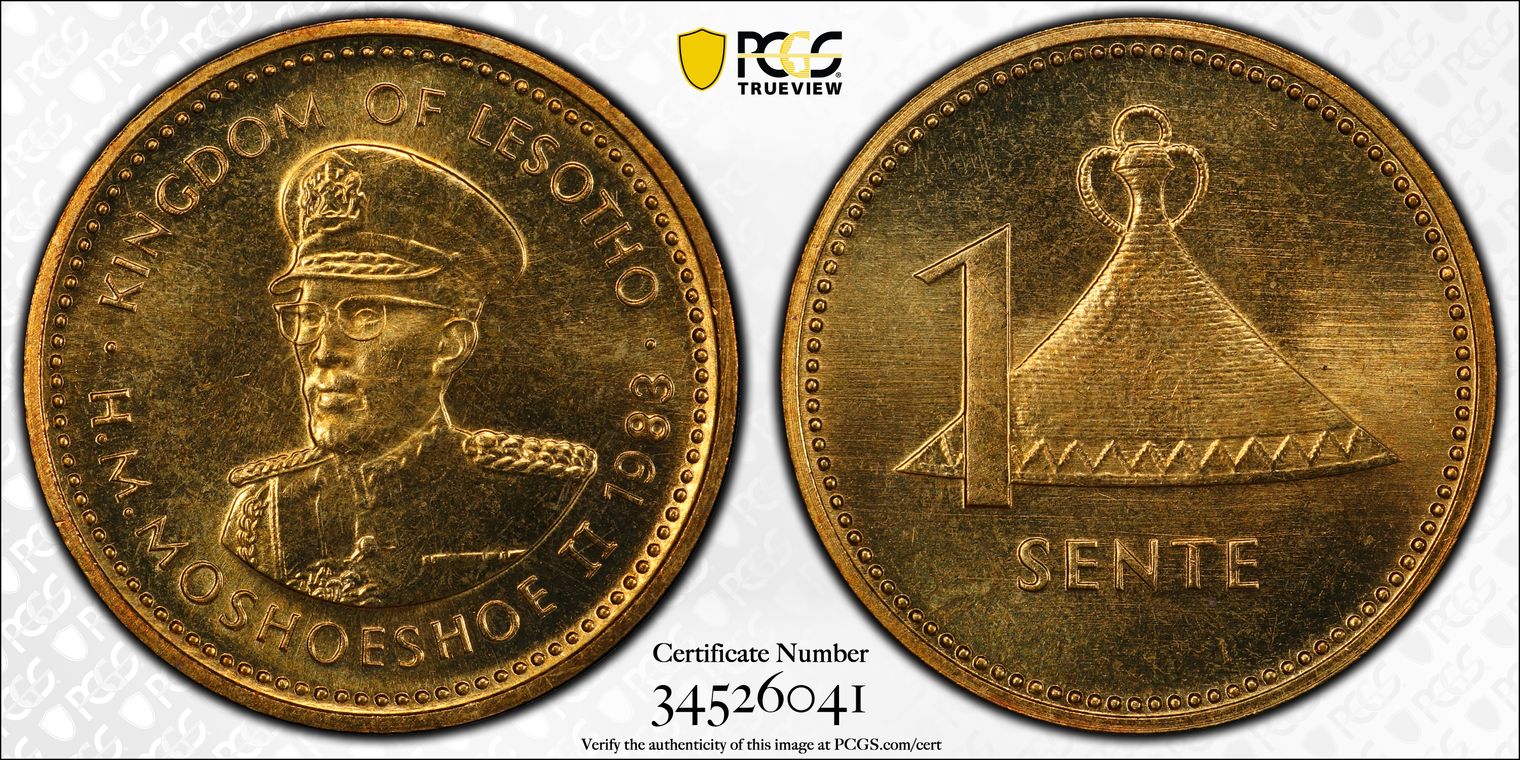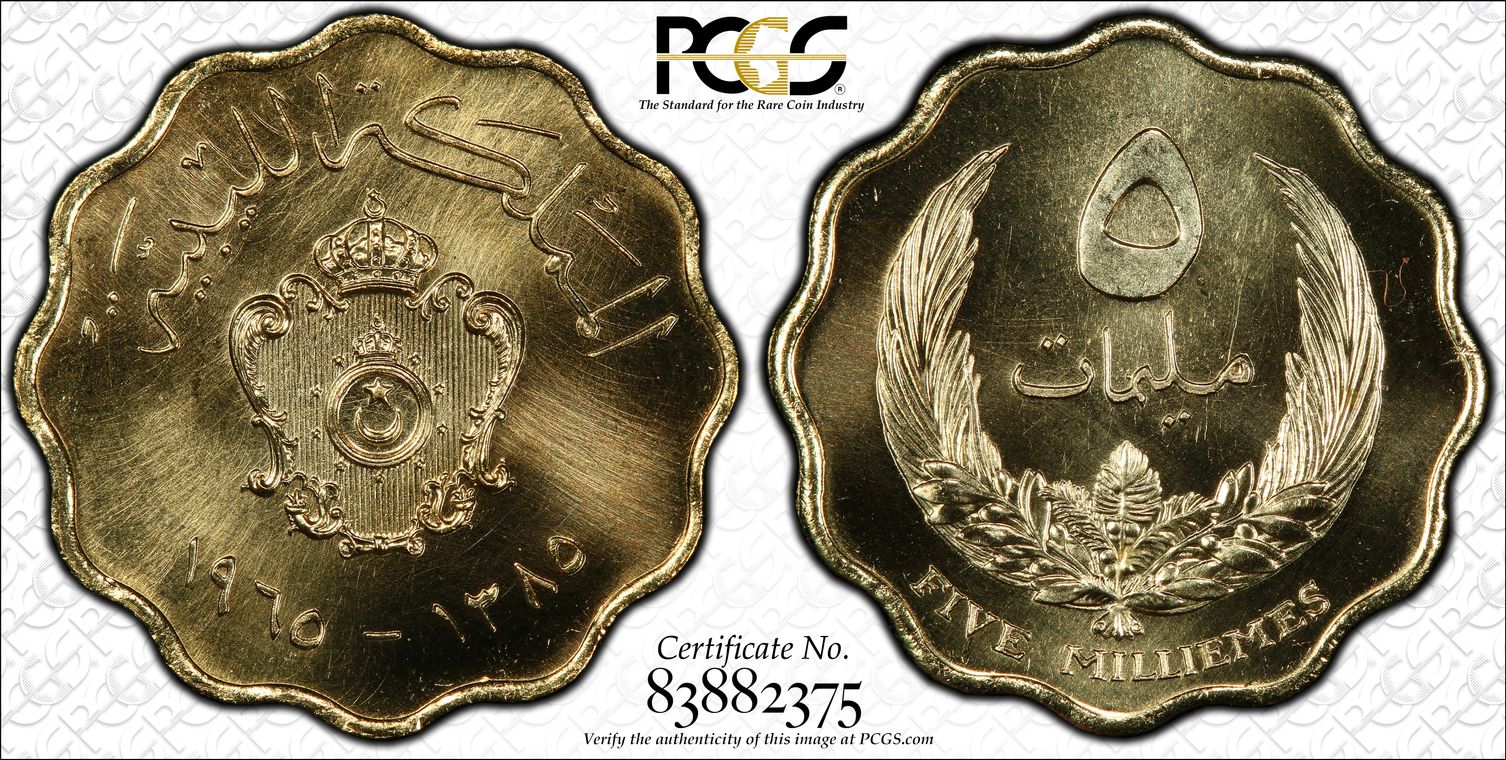What are your thoughts on Kings Norton Mint Proofs?
 Clio
Posts: 612 ✭✭✭✭✭
Clio
Posts: 612 ✭✭✭✭✭
Just as the title says.
I had debated buying some of the Irish examples that came up for auction a few months ago and decided against them when I saw what price they were going for. That is, without really knowing what they were worth. Now those Irish examples are being relisted at some pretty substantial premiums which is making me wonder if I should get an example so I don't feel left out later.

They are pretty interesting coins but I know little about them beyond what is in the auction descriptions. You can read that here:
King's Norton Mint Collection History
Most coin collectors are familiar with the activities of the British Royal Mint. They are usually less aware of the important role in supplying the world with currency played by the country?s second city and industrial heart, Birmingham. It has always been a place where private mints thrived. In the early days these tended to be secretive back street operations where to put it politely they produced coins of an unofficial nature. In effect Birmingham acted as the forging capital of the world. Later these undoubted skills were put to more legitimate use with the formation of private mints run by individuals of great integrity. This ability to inspire trust allowed them to attract commissions from their own and foreign Governments. Between 1790 and 1849 the Boulton family operated the Soho Mint. Immediately after its closure Ralph Heaton and his sons took over the mantle of running a mint which later took the title of the Birmingham Mint. In 1860 James Watt & Co. established a mint which coined on and off for the next twenty years. This firm was hardly newcomers to the trade since they were formerly known as Boulton & Watt before they lost the right to use the Boulton name. For the past two centuries these Birmingham firms have exported mints, minting expertise, coins and blanks. By this accomplishment they have succeeded in making a substantial contribution to oiling the wheels of the world?s commerce.
Just prior to the First World War a new company entered the fray, the Kings Norton Metal Company. In 1912 they were awarded a contract to supply the Royal Mint with bronze blanks, effectively breaking a monopoly previously held for many years by the Birmingham Mint. A coinage order quickly followed and in 1914 they struck a coinage for British West Africa bearing a K mintmark for Kynoch, the place of manufacture. The future of the Company was bright as they joined the Birmingham Mint in the sharing of Royal Mint contracts. These coins would bear the more familiar KN mintmark for Kings Norton. Mention should be made of a few exceptions to this rule. Although the Birmingham and Kings Norton Mint were rivals they were friendly rivals and at times shared contracts. Taking the coins of Sarawak as an example the Birmingham Mint dies were dispatched across the city and the coins even though carrying the famous H mintmark were struck at Kings Norton.
In 1926 the Kings Norton Metal Company became part of Imperial Chemical Industries (ICI) and in 1962 was reorganized as part of Imperial Metal Industries Limited (IMI). Two years later a consortium was formed of the Royal Mint, Birmingham Mint and Kings Norton Mint to bid for coining work. This partnership operated well for a number of years until difficult market conditions rendered it apart. With coinage contracts difficult to find the three firms went their independent ways. In 1992 this culminated in IMI making a hostile takeover of the Mint Birmingham Ltd. In terms of minting capacity this was a reverse takeover with the smaller mint taking charge of the larger mint. As a result of this change IMI closed their own minting facility.
Over the years between 1914 and 1991 the Kings Norton Mint struck coinages for at least 89 countries ranging alphabetically from Algeria to Zimbabwe. In a geographical sense they exported coins to six of the seven continents only missing out on Antarctica. One suspects that here they were deterred not so much by the icy wastes, since they counted Iceland amongst their clients, but rather by the lack of population!
Like many mints in the world the Kings Norton Mint had a habit of keeping a few examples of each coinage they struck as part of their records. In 2005, prior to the disposal of the IMI Archive Collection, I had the pleasure of being asked by IMI to arrange their collection and to separate and value two specimens of each coin intended for Birmingham Museum & Art Gallery. For a week I was like the proverbial child in a sweet shop as I spent a fascinating time ensconced in a large IMI strong room discovering small packets of coins in various cupboards and a large safe. I am pleased to report that at the conclusion of these efforts the coins set aside for Birmingham Museum & Art Gallery were very generously gifted to them even though they were valued at a considerable five figure sum. One can obtain an excellent overview of the content of the Archive Collection by a study of the holding gifted to Birmingham Museum. It contains a handful of different patterns and uniface trial pieces but the vast majority of the coins are what I would describe as being currency examples in choice condition where it is obvious that special efforts had been made to include the initial pieces struck from new polished dies. These pieces are worthy of the description of being called SPECIMENS. I suspect that this term originated from a previous disposal of a collection belonging to the Birmingham Mint in 1974. These coins were only marginally inferior to a full blown proof and were of exceptional quality with tremendous eye appeal. They required a new term to describe them and help explain why they attracted a considerable premium over a normal currency strike. So if you excuse the pun the word SPECIMEN was coined. These Birmingham and Kings Norton Mint SPECIMENS illustrate how something as mundane and utilitarian as a coin can be transformed into an object of beauty.
David Vice
Numismatic Researcher
https://numismaticmuse.com/ My Web Gallery
The best collecting goals lie right on the border between the possible and the impossible. - Andy Lustig, "MrEureka"
Comments
I think they're a cool item to have if that's your area of collecting. They don't have much appeal to me since I don't collect the countries that minted coins through that mint. I don't think they should be dismissed by people just because they are modern.
Get an example because it will compliment your collection. We are constantly missing out on amazing coins. It's a delusion if we think that will ever be the case.
IG: DeCourcyCoinsEbay: neilrobertson
"Numismatic categorizations, if left unconstrained, will increase spontaneously over time." -me
Interesting that the article written by David Vice mentions Iceland!
I have one Ex Kings Norton Mint Collection coin. In my collection I have a small group of interesting birth year world coins and this one fits in. This 1971 50 Kronur depicts the Iceland Parliament Building in Reykjavik. The coin is designated a Specimen by PCGS as opposed to the proofs you mentioned in your thread title.
https://en.wikipedia.org/wiki/Althing
This evening I'll post one other coin in my collection with a Kings Norton Mint pedigree from outside the 1914-1991 date range mentioned. I am not sure if it is incorrectly pedigreed by PCGS or perhaps came from a cabinet that the Kings Norton Mint maintained. More on that later...have to get back to my 'virtual office' now.
Jeff
I have a few from obscure Br. Commonwealth countries....They are OK. I also have some specimens that were missed by our host (kind of pissed me).
Well, just Love coins, period.
I have a few, and I like them. They seem well struck, and a lot of die polish is typical on the ones I've seen.
1989 Kenya 5 Cents

1983 Lesotho Sente

1965 Libya 5 Mil

If die polish isn't your thing, then you might not like the appearance of some of the Kings Norton Specimens.
My World Coin Type Set
I just got these, also from Kings Norton Mint Collection:

I view these as printers samples where the Birmingham Mint produced examples to try and garner businesses or were bidding on a contract.
I bought the first round of Irish King Nortons Mint pieces which hit the market and sold them for a massive premium to a collector in Ireland. Since then many more have come out.
Latin American Collection
I believe there are some from Bolivia dated 1951. I have a few post 1909 Bolivian coins but never had an interest in these; not worth the money.
It is worth the money for me, I collect only 1984 and these are very interesting coins.
@Clio , who is David Vice and where was that text published? I try to get some background info on my Kings Norton Mint coins. Not too much information about David Vice on the net.
These are IMO very nice specimen coins with very low mintages overall that are very collectible and also IMO at reasonable prices for the most part (there are a few exceptions).
One small fly in the ointment is that I am not sure how they are separated in some cases from PL circulation issues that appear to be of very near or equal strike quality - see some of the recent Belize PL certified coins at high numbers graded by our hosts and for sale on the 'net..
Well, just Love coins, period.
Egypt 1935 SP65 RB


Ceylon 1926 1 cent SP66RD
And several more that I can’t find their pictures now.
myEbay
DPOTD 3
@PBRat , those thin lines are from the die polish? Those are visible on my coins too but I thought that maybe somebody tried to clean them somehow.
They are die polish lines.
In honor of the memory of Cpl. Michael E. Thompson
These are pretty neat. I wanted to bid on one of these a a while back bu didn't really know what they were:
I thought the US struck these for the Philippines and was surprised to read they were struck by the King Norton Mint in the UK.
Were the 5 centavos struck for circulation at the Birmingham mint or were these samples struck by the mint in an effort to get the contract?
In any event I think that these pieces represent samples struck to show what the mint could do as it was bidding on contracts. The Irish coins I have owned had their normal circulation strikes still in London, but these specimens were likely struck as part of a bid process for the minting contract which was retained by the London Mint.
Latin American Collection
I focus on Ceylon and Sri Lanka and even own some TRIAL pieces minted for the Royal Mint by the Birmingham Mint, which I discuss in [http://coins.lakdiva.org/pattern/] (http://coins.lakdiva.org/pattern/).
I do not understand those claimed to be Kings Norton Specimen Proof with no markings from the same era, which are clearly reported in Royal Mint Reports as been minted by Royal Mint.
Maybe they came from a collection at IMI, But what evidence that they were even struck at "King Norton Mint" which according to [https://www.gracesguide.co.uk/Kings_Norton_Metal_Co(https://www.gracesguide.co.uk/Kings_Norton_Metal_Co) closed in 1932 and reorganized as part of Imperial Metal Industries Limited in 1962.
For more information of Ceylon/Sri Lanka coins visit http://coins.lakdiva.org
To be fair, I think that these do look slightly different but IMO mainly because of numerous die polishing marks. The KN pieces are in fact very similar if not nearly identical to the RM pieces in design although very slightly different in appearance. Right now ebay has a number of Belize high grade circulation strikes by the RM that are of excellent quality but not likely specimen (even if highly prooflike).
THe Birmingham Mint has been tied in production I believe to the KN pieces, maybe H(eaton) as well....You probably can look this up as I am at work right now.
Well, just Love coins, period.
@lakdiva these were never claimed to be struck at the KN Mint. Only that they came from the KN Mint Collection (more like a hoard).
In fact, when Stacks sells them, they list a bunch of different mints in the lot titles (some debatably accurate).
Thanks, that makes a lot more sense. So they are probably just early strikes obtained from RM
For more information of Ceylon/Sri Lanka coins visit http://coins.lakdiva.org
PCGS seems to think they are special, hence the specimen notation. But they are clearly not proofs.
Not sure if anyone really knows exactly. But it's good marketing.
By the way, welcome @lakdiva. Stick around and chat about South Asian coins!
There may or may have been some "connections" on these coins receiving designations. Won't elaborate.
Well, just Love coins, period.
>
The US Mint took a pause on producing foreign coins during the domestic coin shortages in the mid 1960s, leading to the withdrawal of silver coinage and massive production of clad coinage. In terms of Philippines coinage, the US Mint discontinued producing them after 1963, and did not resume until 1967. 1964 and 1966 Philippines issues were not produced in the US.
Great info. Thanks @mvs7 !
Who produced the Philippine issues from 1964 to 1966?
From Numismatics Philiippines:
@Boosibri, you are probably right that the Kings Norton pieces were samples made during the contract bidding process.
As an aside, in 1967, the "English" series (in pesos/centavos) was replaced by the "Pilipino" series (in pisos/sentimos) and coinage resumed in the US...